Home>Gardening & Outdoor>Landscaping Ideas>What Type Of Grass Is Used For Golf Greens
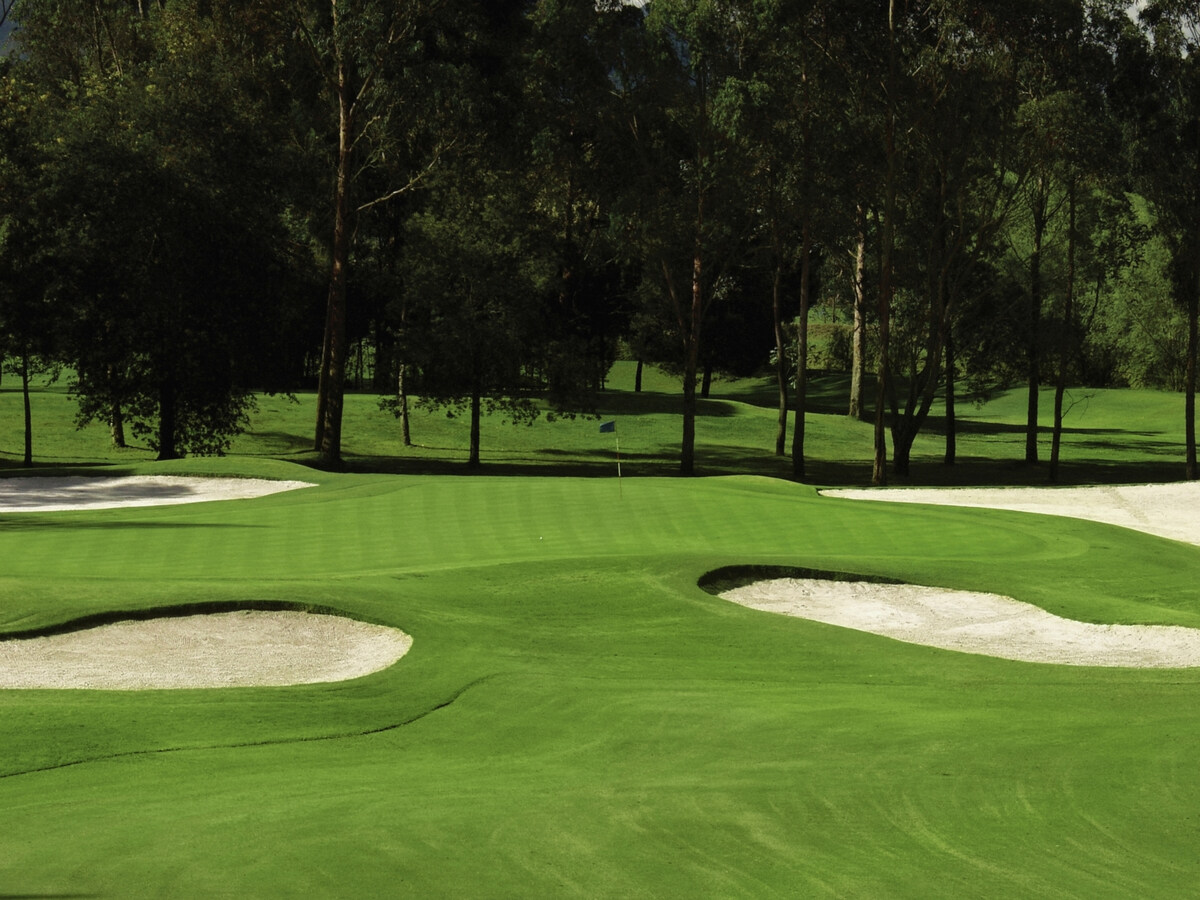

Landscaping Ideas
What Type Of Grass Is Used For Golf Greens
Modified: February 18, 2024
Discover the best landscaping ideas for golf greens with the right type of grass. Learn about the ideal grass types for creating stunning and durable golf courses.
(Many of the links in this article redirect to a specific reviewed product. Your purchase of these products through affiliate links helps to generate commission for Storables.com, at no extra cost. Learn more)
**
Introduction
**
Golf is a game that demands precision, strategy, and skill. The lush green fairways and impeccably manicured greens are iconic features of any golf course. While the fairways provide ample space for players to drive the ball towards the hole, it is the greens where the game is won or lost. The type of grass used for golf greens plays a pivotal role in the overall playing experience, affecting ball roll, speed, and overall aesthetics.
The grass on golf greens is meticulously selected and maintained to meet the high standards of play expected by golfers. It requires specific characteristics to ensure a smooth and consistent ball roll, resistance to foot traffic, and the ability to withstand close mowing heights. Understanding the different types of grass used for golf greens, their characteristics, and the factors to consider when choosing the most suitable option is crucial for golf course managers and maintenance teams.
In this comprehensive guide, we will explore the various types of grass commonly used for golf greens, their unique characteristics, and the essential factors to consider when selecting the ideal grass for these critical areas of the golf course. Additionally, we will delve into the maintenance practices necessary to uphold the quality and playability of golf green grass. Whether you are a golf enthusiast, a golf course manager, or simply someone intrigued by the intricate details of landscaping, this guide will provide valuable insights into the world of golf green grass.
Key Takeaways:
- Choosing the right grass for golf greens is crucial for a smooth and consistent playing surface. Factors like climate, wear tolerance, and maintenance needs must be considered to create an optimal golfing experience.
- Maintaining golf green grass involves precise mowing, effective thatch management, and strategic irrigation. These practices ensure the putting surface remains resilient and provides golfers with an exceptional playing experience.
Read more: What Kind Of Grass Is On Golf Greens
Characteristics of Golf Green Grass
The grass used for golf greens must possess specific characteristics to meet the demands of the game and maintain the high standards of play. These characteristics contribute to the overall performance, aesthetics, and resilience of the putting surface. Here are the key characteristics of golf green grass:
- Uniformity: Golf green grass should exhibit uniform growth patterns and density to ensure a consistent ball roll and playing surface.
- Fineness of Texture: The grass should have a fine texture, providing a smooth and even putting surface that enhances the overall playing experience.
- Density: A dense turf minimizes ball marks and footprints, ensuring the green remains pristine throughout the game.
- Low Growth Habit: The grass must have a low growth habit, allowing for close mowing to achieve the desired green speeds without scalping or damaging the turf.
- Resistance to Wear: Golf green grass should exhibit exceptional wear tolerance to withstand foot traffic and the impact of golf balls without compromising its quality.
- Thatch Control: Effective thatch management is crucial to prevent the build-up of organic matter, ensuring optimal ball roll and turf health.
- Disease Resistance: Resilience against common turf diseases is essential to maintain the health and appearance of the putting surface.
- Tolerance to Close Mowing: The grass must tolerate close mowing heights to achieve the desired green speeds without sacrificing turf health.
- Smoothness: A smooth and level surface is imperative for consistent ball roll and a visually appealing putting green.
- Color Retention: The grass should maintain its vibrant green color, enhancing the aesthetics of the golf green.
These characteristics collectively contribute to the playability, aesthetics, and resilience of golf green grass, shaping the overall experience for golfers and ensuring the integrity of the putting surface.
Common Types of Grass Used for Golf Greens
Several types of grass have proven to be exceptionally well-suited for golf greens, each offering unique characteristics that cater to the specific requirements of the playing surface. Golf course managers and greenkeepers carefully evaluate these grass varieties to select the most suitable option for their course. Here are some of the most common types of grass used for golf greens:
- Bentgrass (Agrostis spp.): Bentgrass is renowned for its fine texture, dense growth habit, and exceptional ball roll. It thrives in cooler climates and is favored for its ability to withstand close mowing heights, resulting in fast and smooth putting surfaces. Varieties such as creeping bentgrass (Agrostis stolonifera) and colonial bentgrass (Agrostis capillaris) are popular choices for golf greens.
- Bermudagrass (Cynodon dactylon): Bermudagrass is well-suited for warmer climates, offering excellent wear tolerance and rapid regrowth. Its fine texture and tolerance to low mowing heights make it a desirable option for golf greens in regions with hot summers. Varieties such as Tifdwarf and TifEagle are commonly used for putting surfaces.
- Poa annua (Annual Bluegrass): While often considered a weed in other turf settings, certain cultivars of Poa annua are valued for their adaptability to a wide range of climates and their ability to provide a consistent playing surface. Proper management is crucial to control its growth and prevent undesirable traits.
- Seashore Paspalum (Paspalum vaginatum): Seashore paspalum is prized for its salt tolerance, making it an ideal choice for golf courses in coastal areas. It offers a dense turf with a vibrant green color and performs well under close mowing, delivering a smooth and resilient putting surface.
- Zoysiagrass (Zoysia spp.): Zoysiagrass is valued for its low growth habit, exceptional density, and tolerance to a variety of environmental conditions. It provides a uniform and resilient playing surface, with certain varieties such as Emerald and Zeon exhibiting fine texture and excellent ball roll.
Each type of grass brings its own set of advantages and considerations, and the selection often depends on factors such as climate, maintenance capabilities, and golfer preferences. By understanding the unique characteristics of these grasses, golf course professionals can make informed decisions to ensure optimal playing conditions on their greens.
Bentgrass and Bermuda grass are the most common types of grass used for golf greens. Bentgrass is preferred in cooler climates, while Bermuda grass is better suited for warmer regions.
Factors to Consider When Choosing Golf Green Grass
Choosing the right grass for golf greens is a decision that significantly impacts the playability, maintenance requirements, and overall aesthetics of the putting surface. Golf course managers and superintendents must carefully evaluate various factors to make an informed selection that aligns with the specific needs of their course. Here are the key factors to consider when choosing golf green grass:
- Climate and Environmental Conditions: The local climate, including temperature ranges and sunlight exposure, plays a crucial role in determining the suitability of grass species. Selecting a grass variety that thrives in the specific climatic conditions of the region is essential for long-term success.
- Wear Tolerance and Recovery: Considering the amount of foot traffic and play intensity on the greens is vital. Grasses with excellent wear tolerance and rapid recovery capabilities are preferable to maintain a consistent and resilient playing surface.
- Mowing Requirements: Understanding the mowing preferences and capabilities of the maintenance team is essential. Some grasses require precise and frequent mowing at low heights to achieve the desired green speeds, while others offer flexibility in mowing frequencies and heights.
- Water and Nutrient Needs: Evaluating the water and nutrient requirements of different grass species is crucial for sustainable turf management. Selecting a grass variety that aligns with the course’s irrigation capabilities and maintenance practices is essential for long-term health and performance.
- Disease and Pest Resistance: Resilience against common turf diseases and pests is a key consideration for minimizing the risk of damage and preserving the quality of the putting surface. Choosing grass varieties with natural resistance to prevalent issues can reduce the need for extensive chemical treatments.
- Playability and Ball Roll: The desired speed, smoothness, and ball roll characteristics of the putting surface influence the choice of grass. Different grass species offer varying playing qualities, and understanding golfer preferences is crucial in selecting the most suitable option.
- Cost and Maintenance Effort: Assessing the long-term maintenance requirements and associated costs of each grass type is essential. Balancing the desired playing attributes with practical maintenance considerations ensures sustainable turf management within budgetary constraints.
By carefully evaluating these factors and conducting thorough research on the characteristics of different grass species, golf course professionals can make informed decisions that optimize the playability, aesthetics, and long-term sustainability of their greens.
Maintenance of Golf Green Grass
Maintaining the quality and playability of golf green grass is a meticulous process that requires dedicated care and attention to detail. Effective maintenance practices are essential to uphold the desired characteristics of the putting surface and ensure an exceptional playing experience for golfers. Here are key aspects of the maintenance of golf green grass:
- Mowing: Regular and precise mowing is crucial to achieve the desired green speeds and maintain a consistent ball roll. The mowing frequency and height may vary based on the grass species and environmental conditions, with some grasses requiring more frequent mowing to uphold their characteristics.
- Thatch Management: Controlling thatch build-up through aeration, vertical mowing, and regular dethatching practices is essential to prevent spongy turf and maintain optimal playing conditions.
- Irrigation: Providing adequate and consistent moisture to the greens is vital for turf health. Efficient irrigation practices, including proper scheduling and uniform coverage, help prevent stress and promote vigorous growth.
- Fertilization: Applying balanced fertilizers at the right times and in appropriate amounts supports healthy turf growth and ensures optimal color, density, and resilience of the putting surface.
- Pest and Disease Management: Monitoring for potential pest infestations and disease outbreaks is crucial. Implementing integrated pest management strategies and timely disease control measures helps safeguard the health and appearance of the greens.
- Aeration: Regular aeration relieves soil compaction, improves root development, and enhances water and nutrient infiltration, promoting overall turf vigor and playability.
- Topdressing: Applying a uniform layer of topdressing material, such as sand, helps smooth the putting surface, dilute thatch, and improve ball roll consistency.
- Overseed and Renovation: Periodic overseeding and renovation practices, tailored to the specific grass type, help rejuvenate the turf, fill in thin or damaged areas, and maintain a dense and uniform playing surface.
- Monitoring and Adjustment: Regular assessment of turf conditions, including soil moisture, compaction, and overall health, allows for proactive adjustments in maintenance practices to address emerging issues and optimize playability.
By implementing a comprehensive maintenance program that addresses these key aspects, golf course maintenance teams can preserve the integrity of the putting surface, deliver exceptional playing conditions, and ensure the long-term health and performance of the golf green grass.
Read more: How To Get Grass Like A Golf Green
Conclusion
From the meticulous selection of grass types to the ongoing maintenance practices, the world of golf green grass encompasses a blend of science, artistry, and practicality. The choice of grass for golf greens significantly influences the playing experience, aesthetics, and long-term sustainability of the putting surface. Understanding the characteristics and considerations associated with different grass species empowers golf course professionals to make informed decisions that align with the specific needs and climatic conditions of their course.
While Bentgrass, Bermudagrass, Poa annua, Seashore Paspalum, and Zoysiagrass stand out as popular choices for golf greens, each grass type brings its own set of advantages and maintenance requirements. Factors such as climate suitability, wear tolerance, mowing preferences, and playability attributes play a pivotal role in the selection process, shaping the overall quality of the putting surface.
Furthermore, the maintenance of golf green grass demands a proactive and holistic approach, encompassing precise mowing, effective thatch management, strategic irrigation, and vigilant pest and disease control. These practices are essential for upholding the desired characteristics of the putting surface, ensuring consistent ball roll, and providing golfers with an exceptional playing experience.
As the heart of any golf course, the greens serve as the ultimate test of skill and precision for golfers, and the quality of the grass directly impacts the game’s nuances and challenges. By embracing the art and science of turf management, golf course professionals can create and maintain greens that embody the essence of the game, offering a harmonious blend of playability, aesthetics, and resilience.
Ultimately, the world of golf green grass represents a harmonious fusion of nature and sport, where the meticulous care of the turf translates into unforgettable moments on the course. Whether it’s the smooth, undulating roll of the ball or the vibrant, immaculate expanse of the greens, the grass underfoot becomes an integral part of the golfing experience, shaping memories and forging a deep connection between the player and the game.
Through a deep understanding of grass types, thoughtful selection processes, and diligent maintenance efforts, golf course professionals uphold the timeless allure and challenge of the greens, ensuring that every putt, every stroke, and every round is a testament to the enduring legacy of golf green grass.
Frequently Asked Questions about What Type Of Grass Is Used For Golf Greens
Was this page helpful?
At Storables.com, we guarantee accurate and reliable information. Our content, validated by Expert Board Contributors, is crafted following stringent Editorial Policies. We're committed to providing you with well-researched, expert-backed insights for all your informational needs.
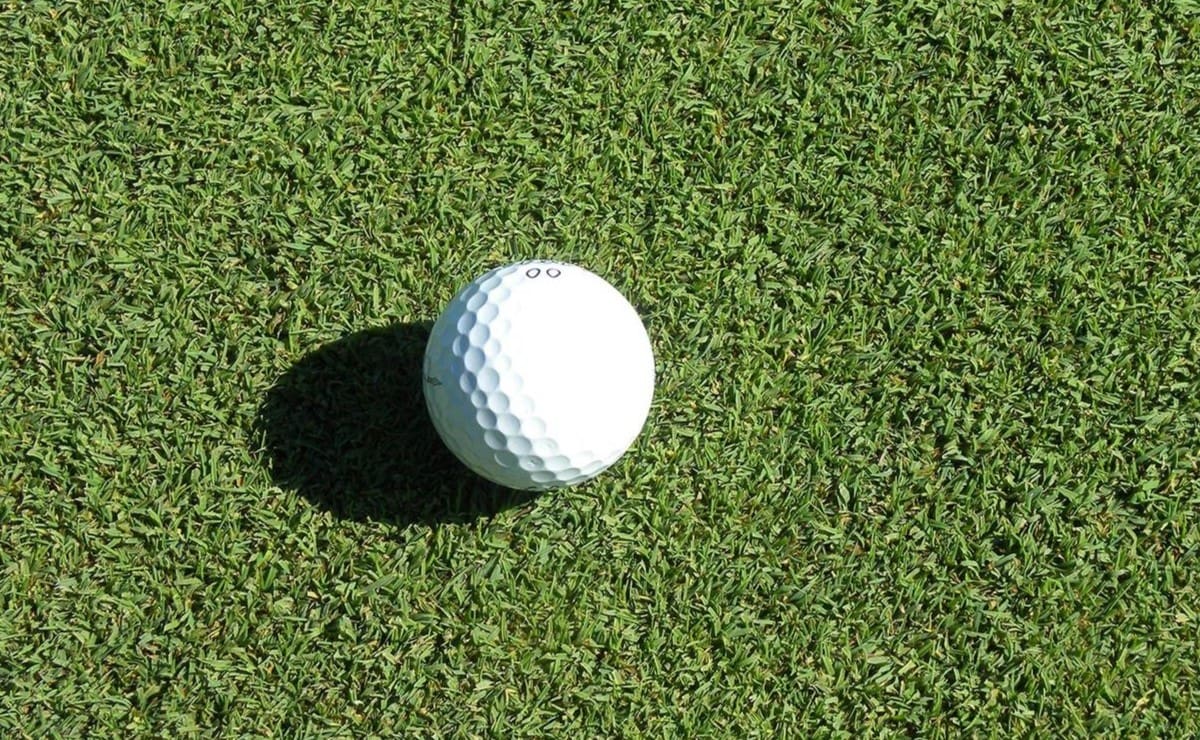
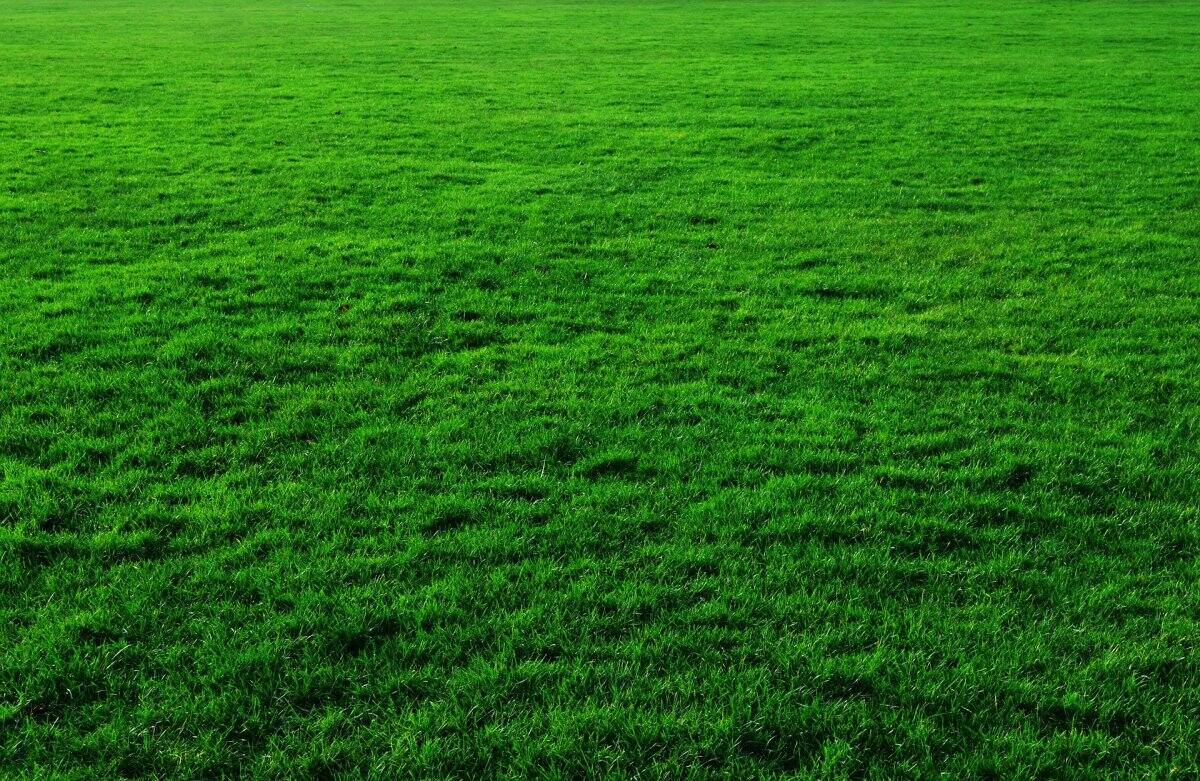


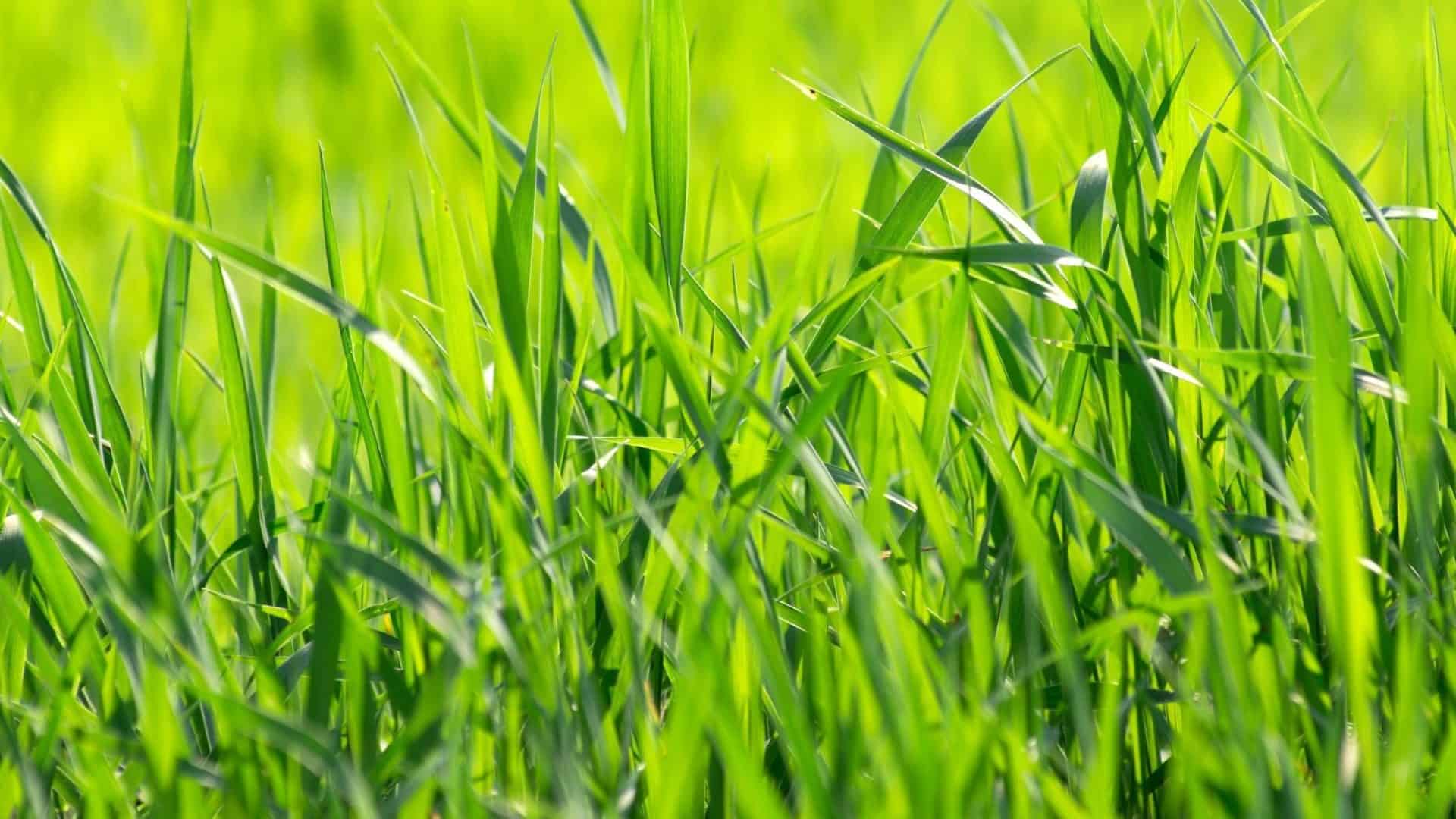
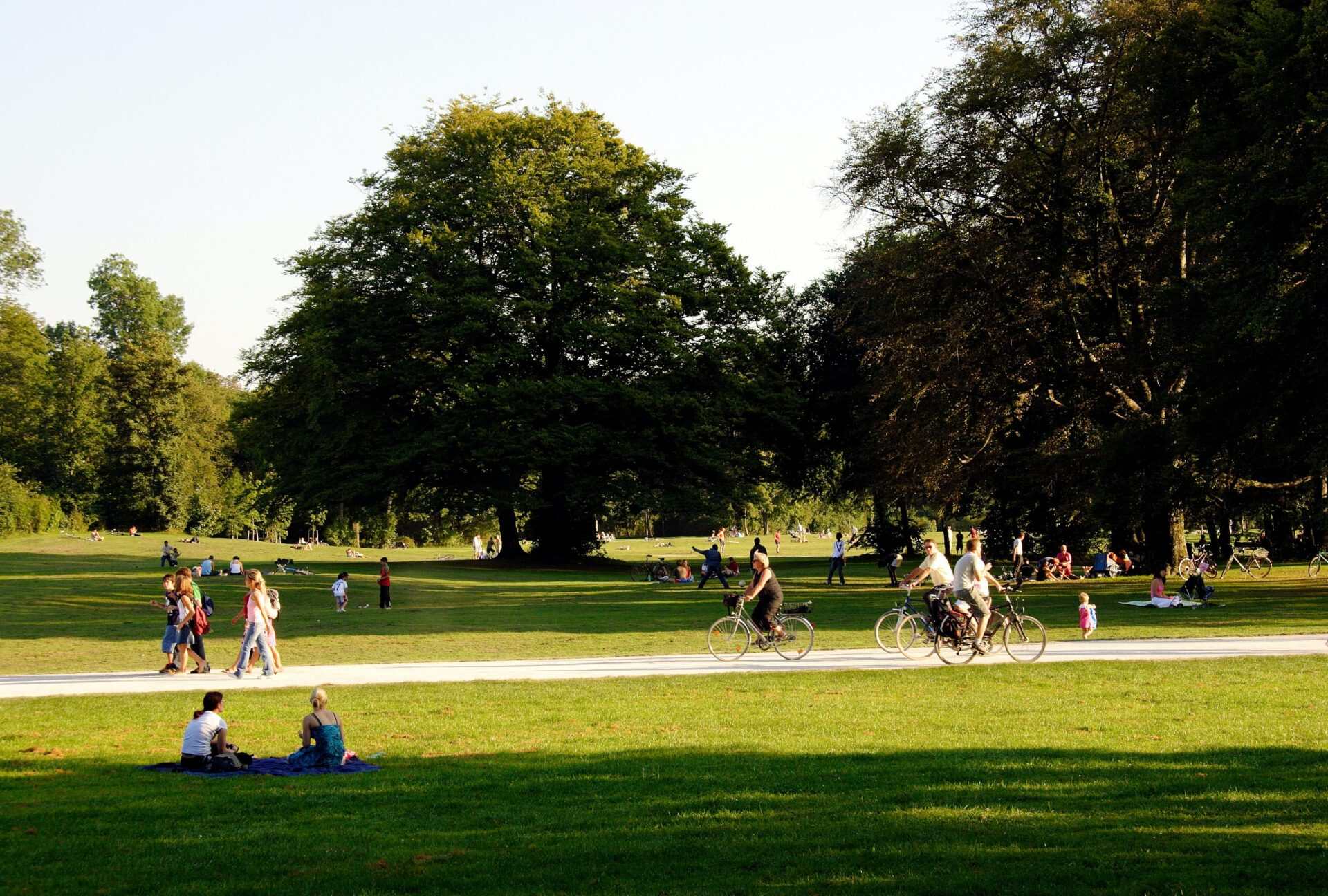
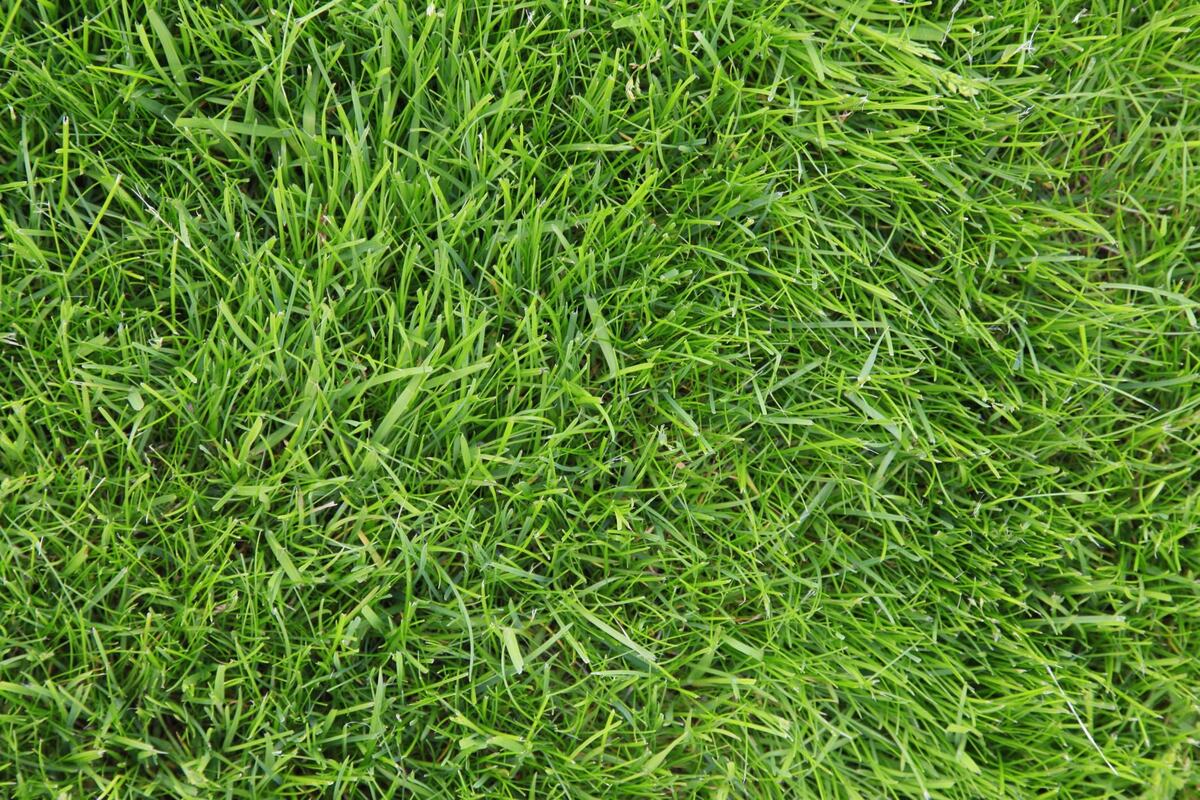
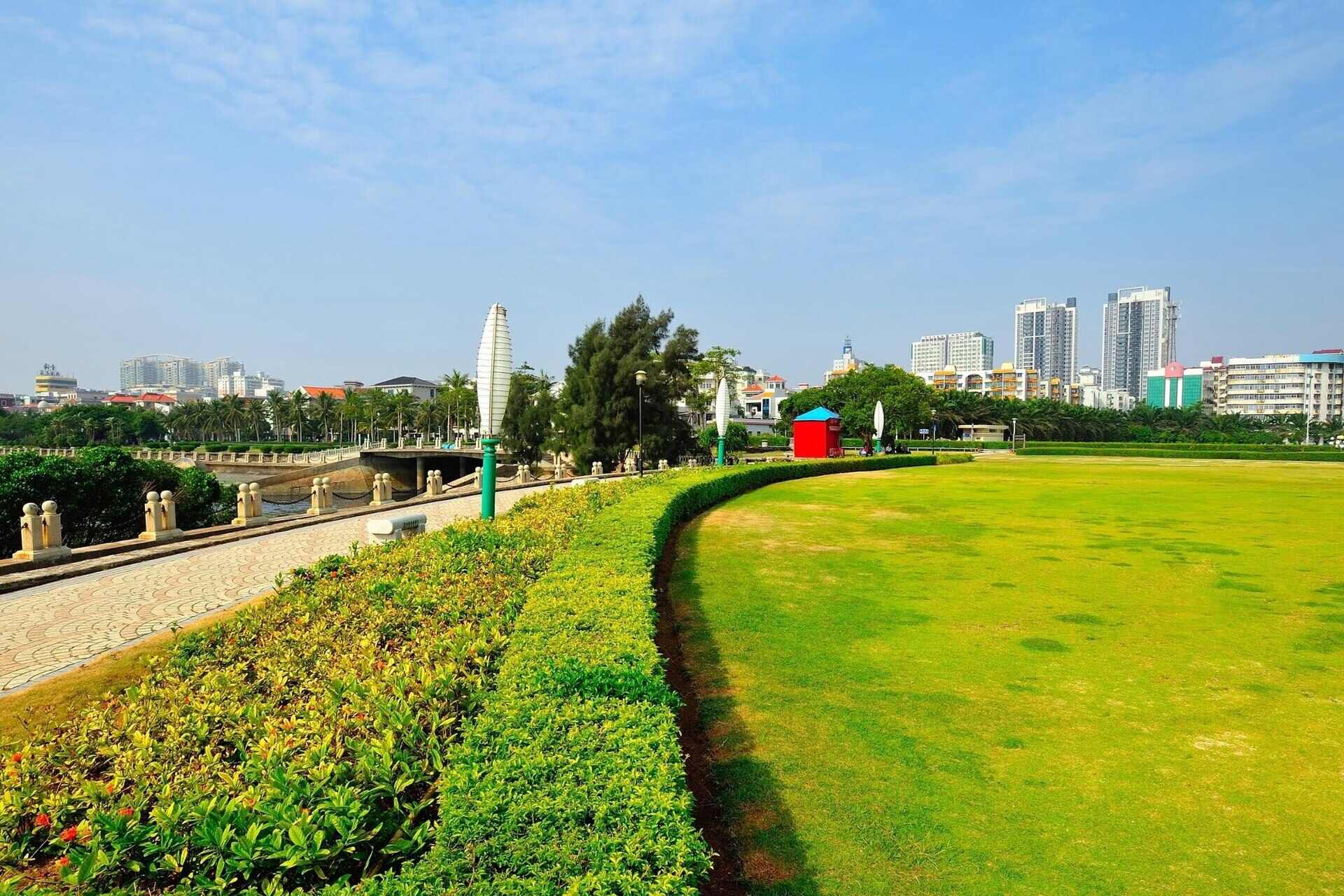

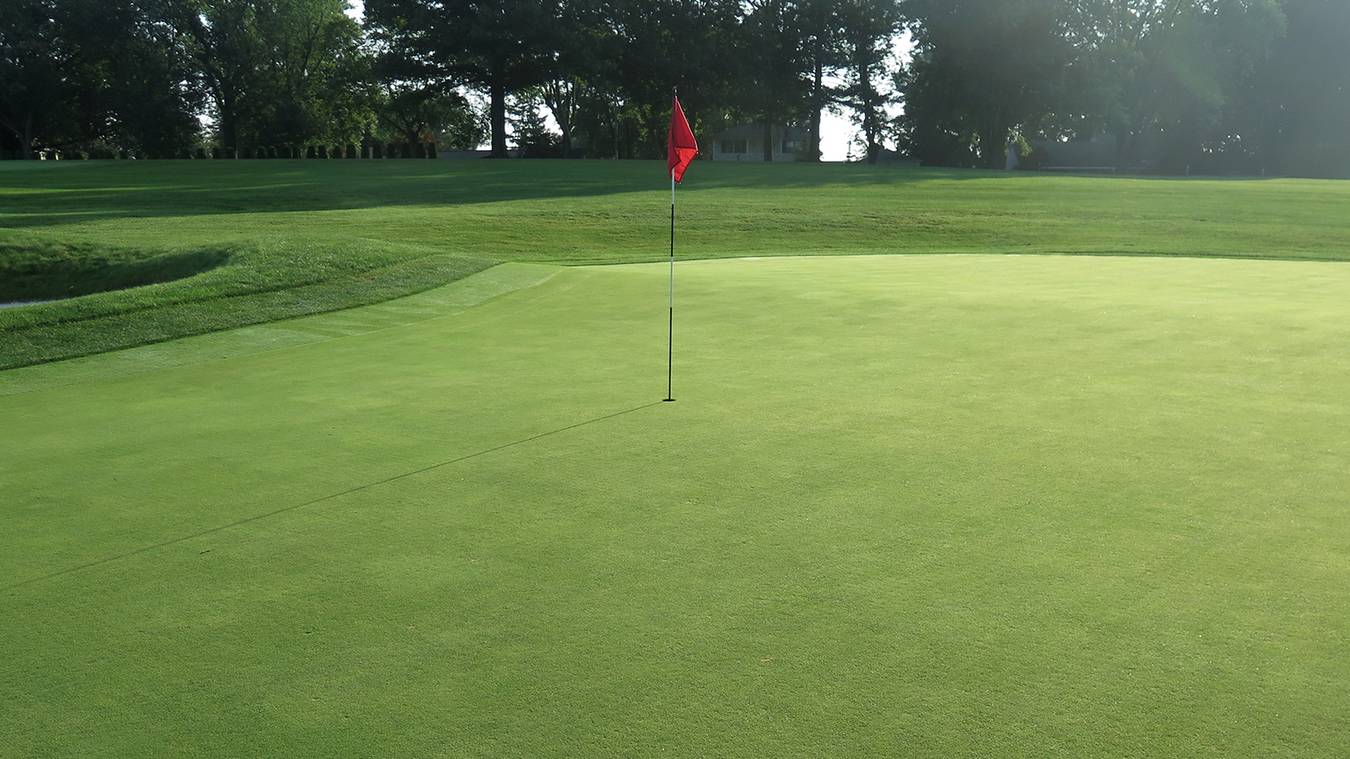
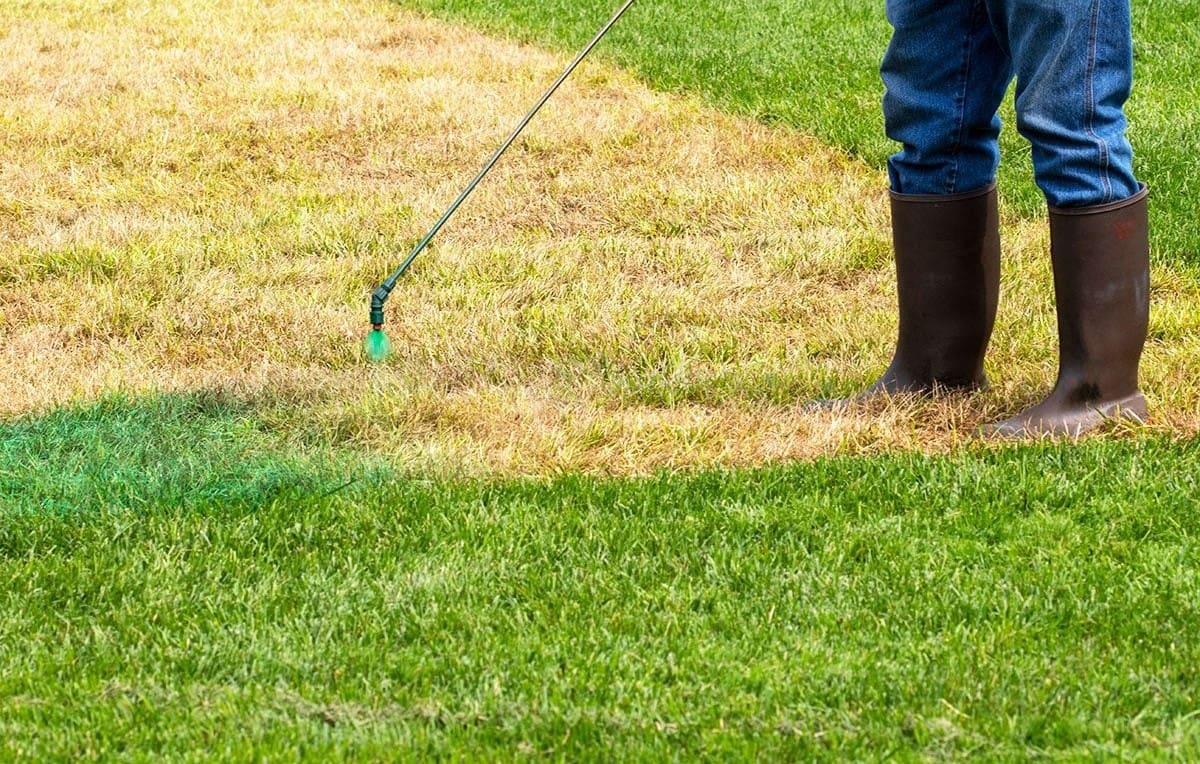
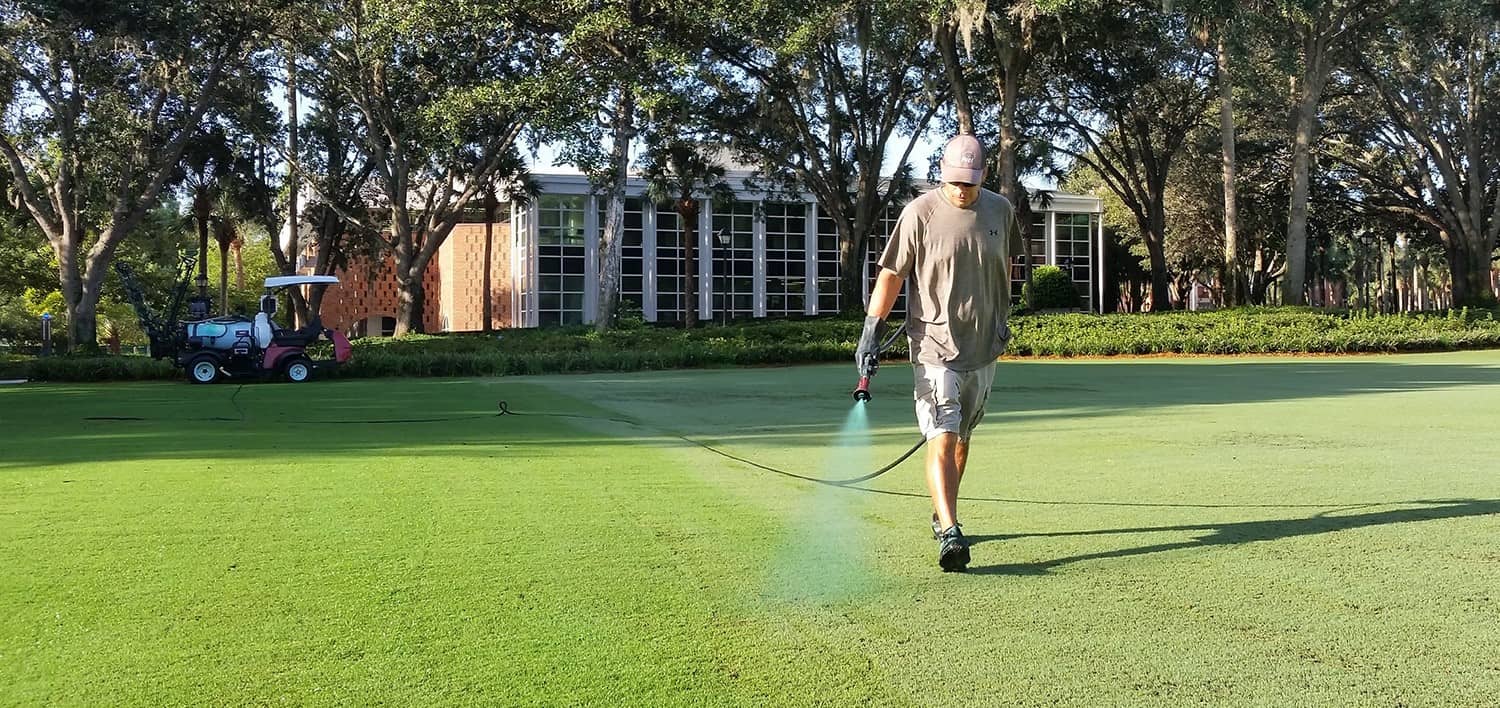
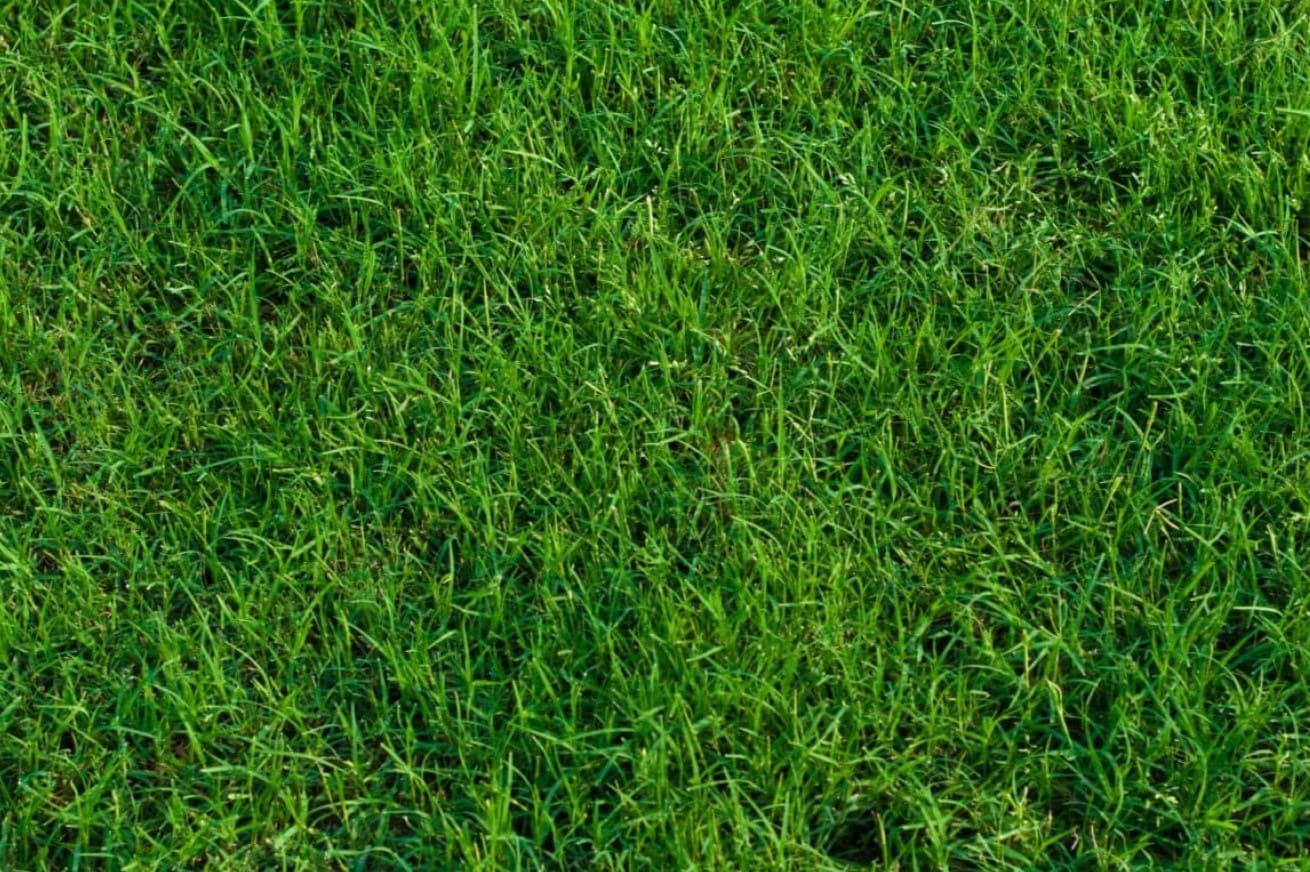
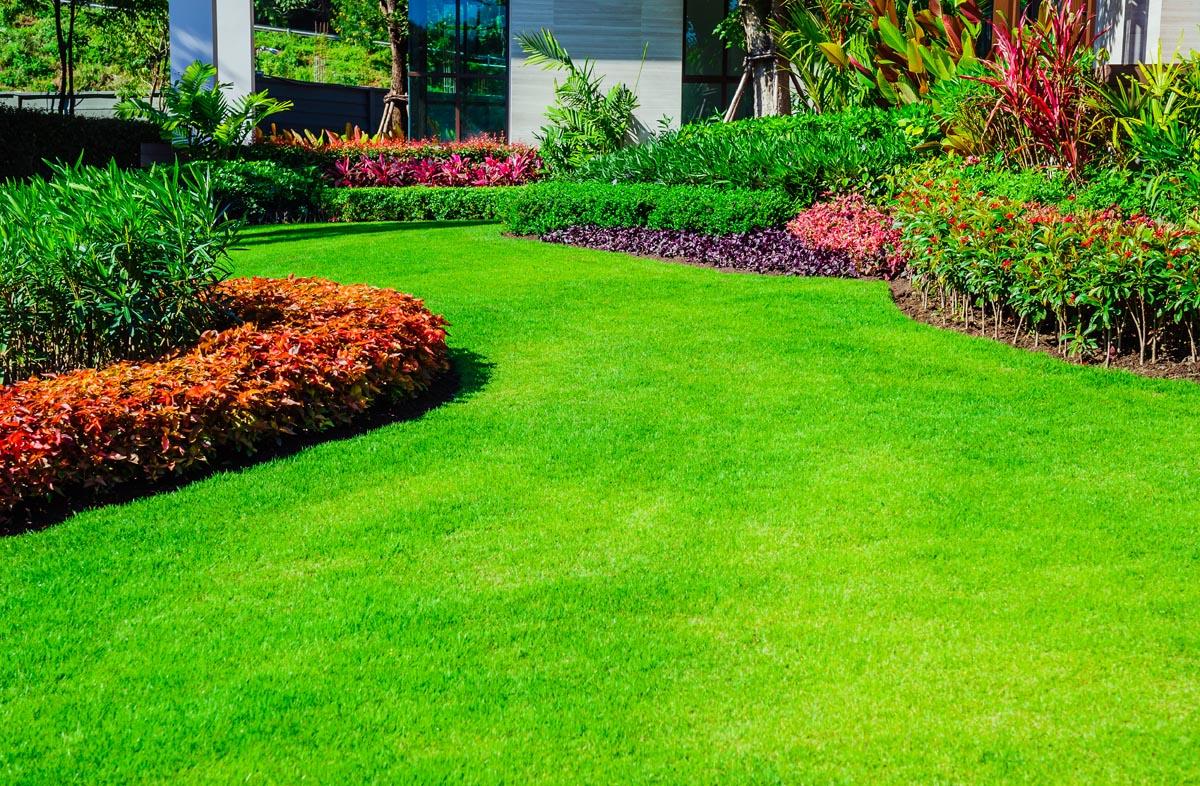

0 thoughts on “What Type Of Grass Is Used For Golf Greens”